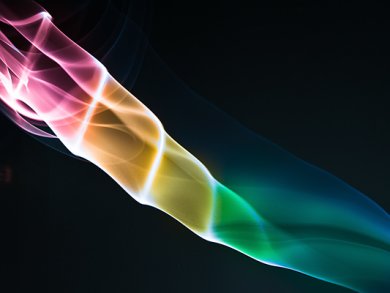A research team led by Munetaka Iwamura, University of Toyama, Japan, have demonstrated how an achiral europium(III) complex, [Eu(bda)2]− (bda = 2,2′-bipyridine-6,6′-dicarboxylic acid), can produce intense circularly polarized light in aqueous solutions despite the complex itself not being chiral. This is achieved when the complex is irradiated with ultraviolet light in the presence of (S)-2-pyrrolidone-5-carboxylic acid. The mechanism for the induction of the polarized light was preliminarily attributed to distortions induced by association with the amino acid to generate chirality in the achiral complex.
Europium and terbium complexes have commonly been used as luminescent probes medical and biochemical applications. However, the detection of chirality using a complex of europium opens up a whole new avenue of investigation and diagnostics given the physiological importance of chirality in biological systems and in particular regarding pharmaceutical enantiomers.
- Chiral Sensing Using an Achiral Europium(III) Complex by Induced Circularly Polarized Luminescence,
M. Iwamura, Y. Kimura, R. Miyamoto, K. Nozaki,
Inorg. Chem. 2012.
DOI: 10.1021/ic202355s




